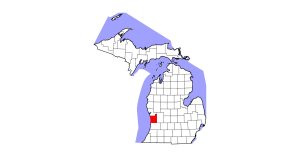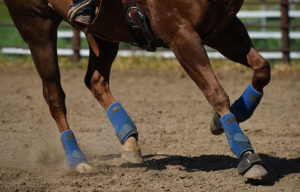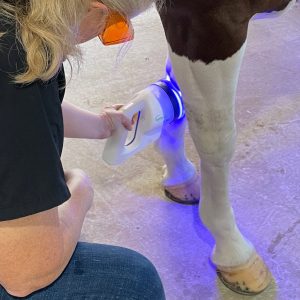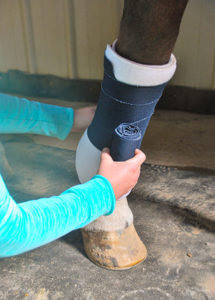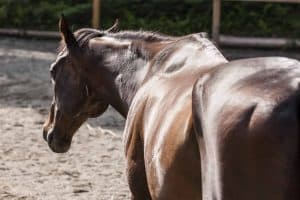Hyperflexion in Review
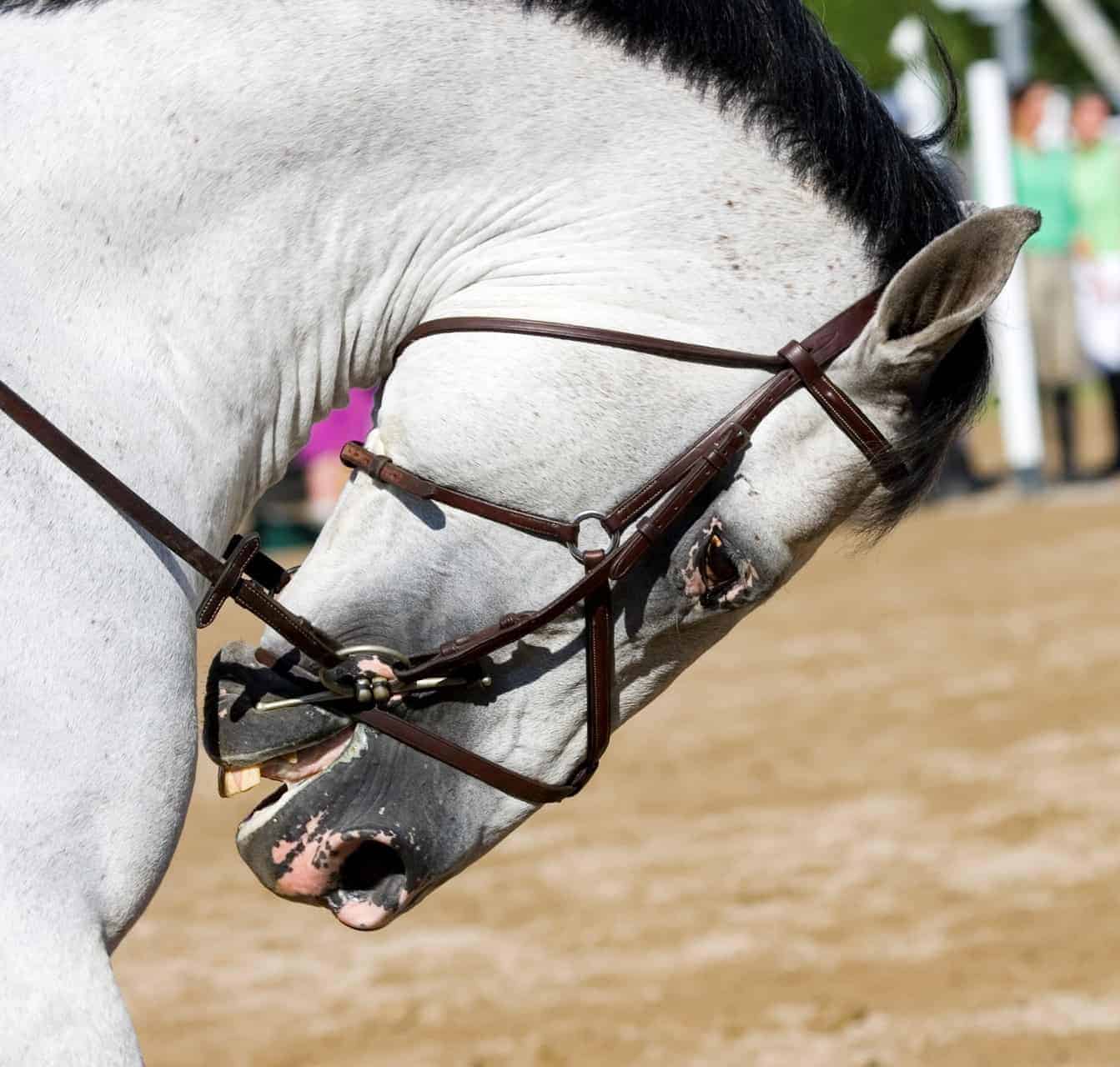
Still, some hyperflexion proponents claim the position has positive performance effects.
To determine whether the negative effects outweigh the positive, Uta Koenig von Borstel, PhD, BSc, a professor at the University of Gottingen’s Department of Animal Breeding and Genetics, in Germany, carried out a review of the existing scientific literature on the topic. Co-author Paul McGreevy, BVSc, PhD, MRCVS, MACVS (Animal Welfare), Cert CABC, animal behavior and welfare science professor at the University of Sydney, presented the results on her behalf at the 11th International Society of Equitation Science (ISES) Conference, held Aug. 6-9 in Vancouver, British Columbia.
The team looked at 55 scientific articles dealing with the effects of head and neck position (HNP) on various types of horses’ welfare and/or performance. Of those studies, 88% indicated that a hyperflexed HNP negatively impacts welfare via airway obstruction, pathological changes in the neck structure, impaired forward vision, stress, and pain. Only one study (1.8%) suggested a positive effect on welfare: reduced stress as measured by heart rate variability after training. Koenig von Borstel cautioned, however, that this particular study had several confounding factors that could make its results less reliable
Create a free account with TheHorse.com to view this content.
TheHorse.com is home to thousands of free articles about horse health care. In order to access some of our exclusive free content, you must be signed into TheHorse.com.
Start your free account today!
Already have an account?
and continue reading.

Written by:
Alexandra Beckstett
Related Articles
Stay on top of the most recent Horse Health news with
